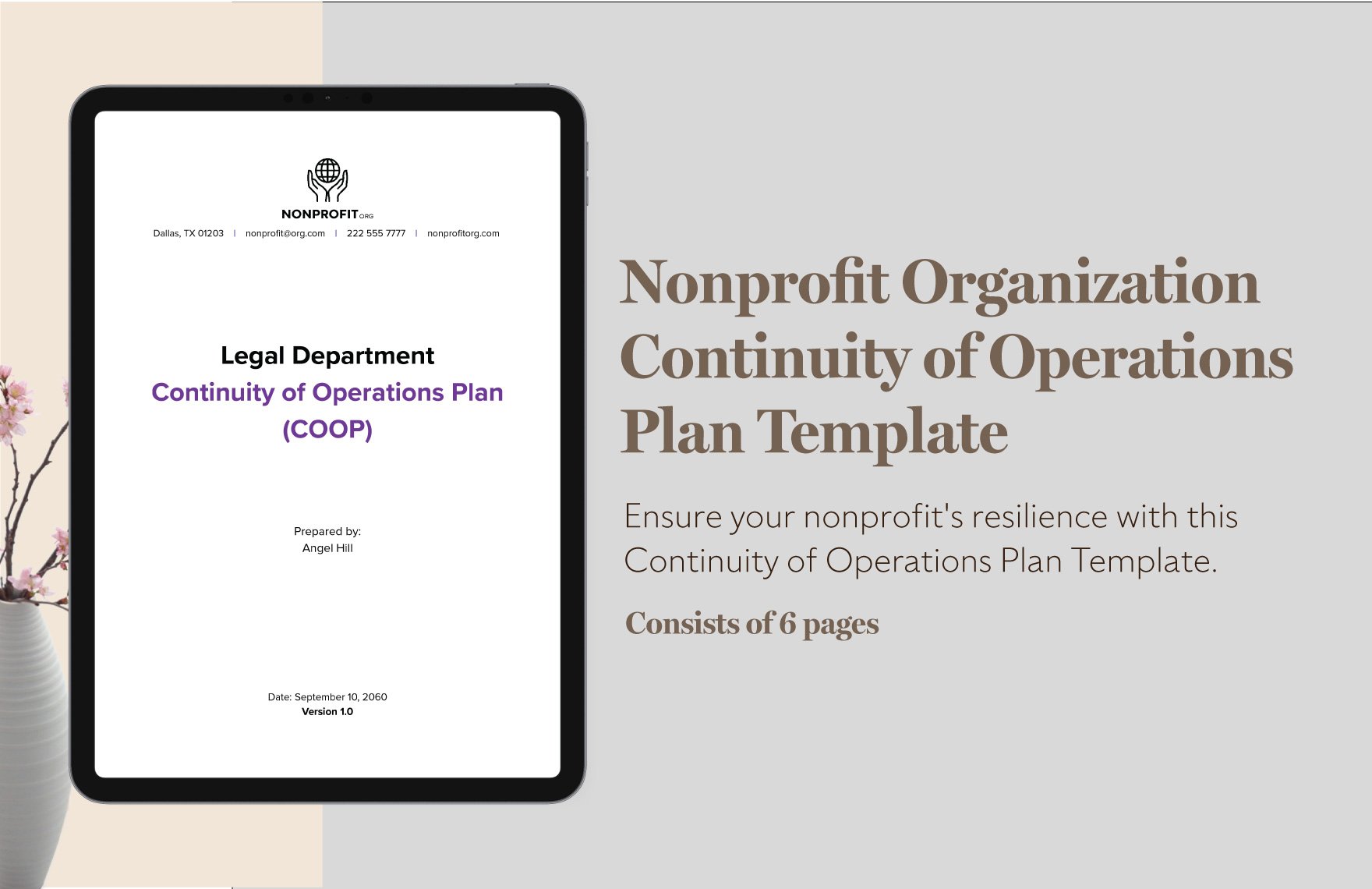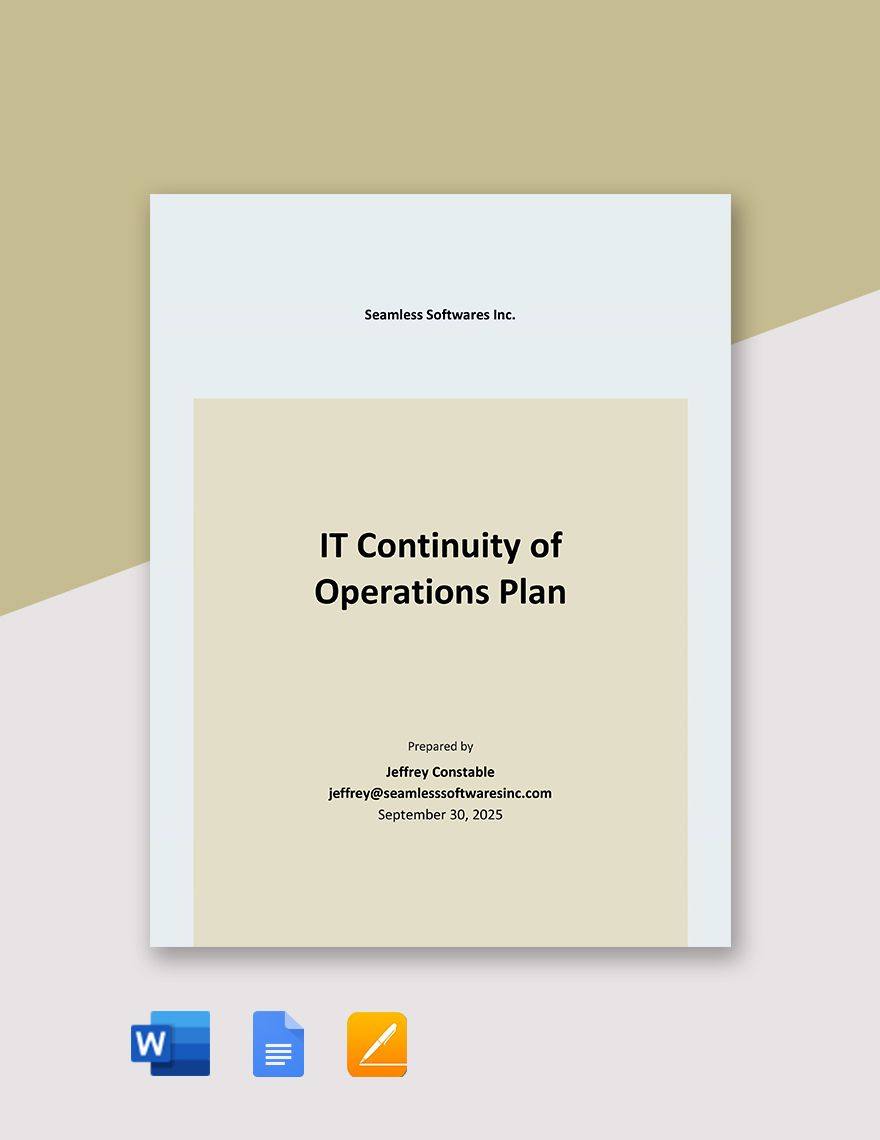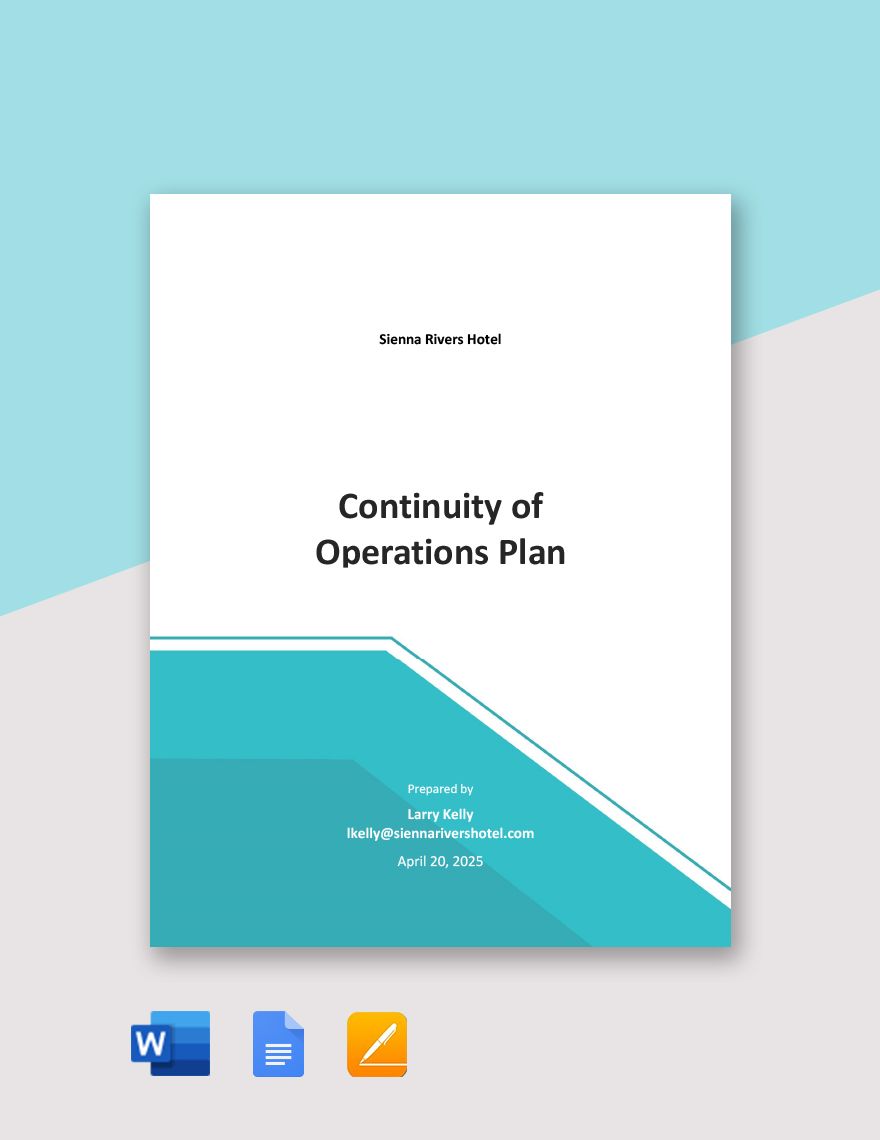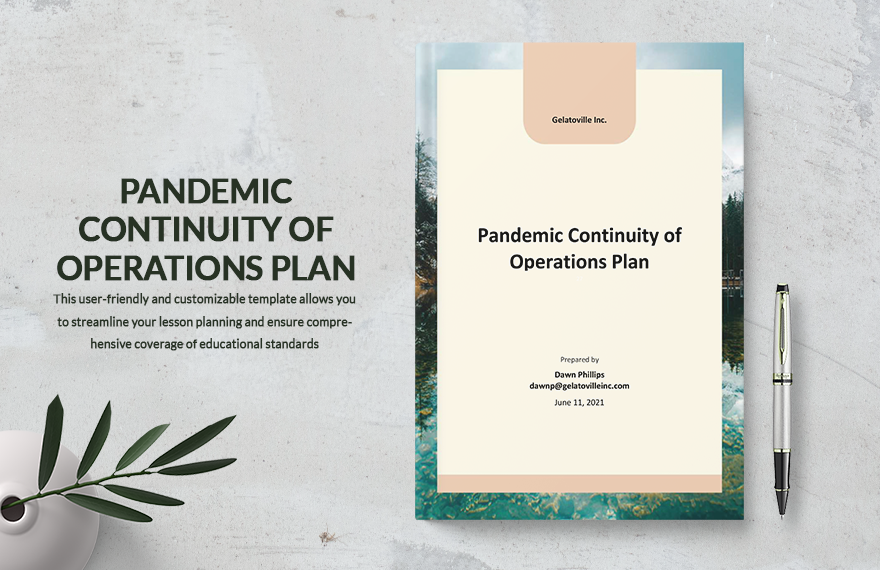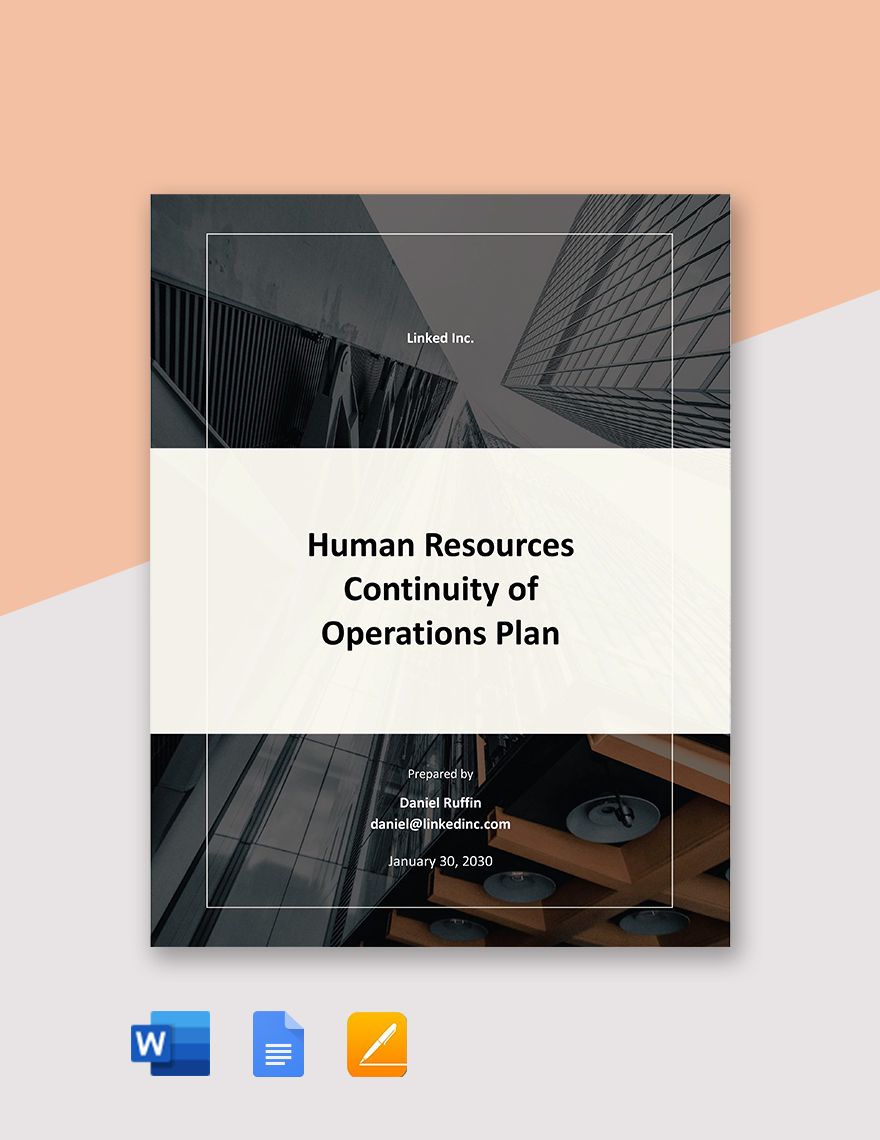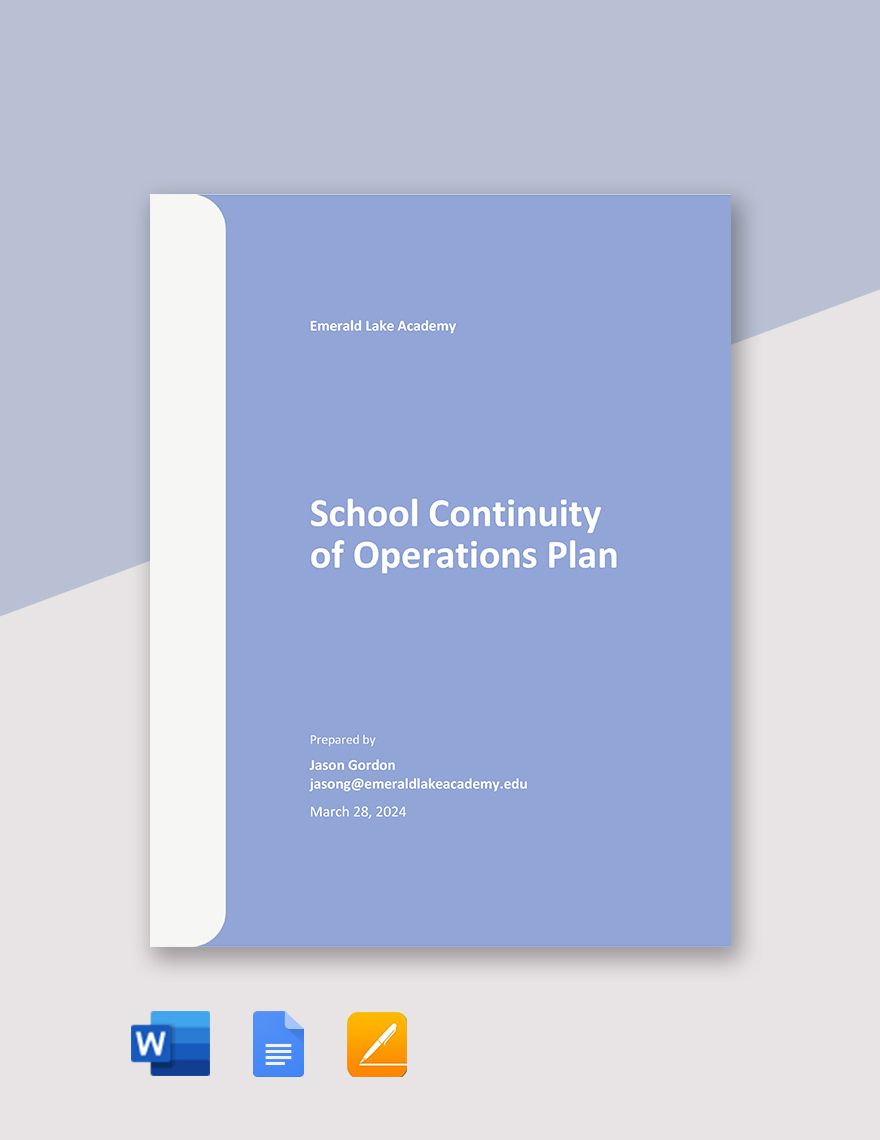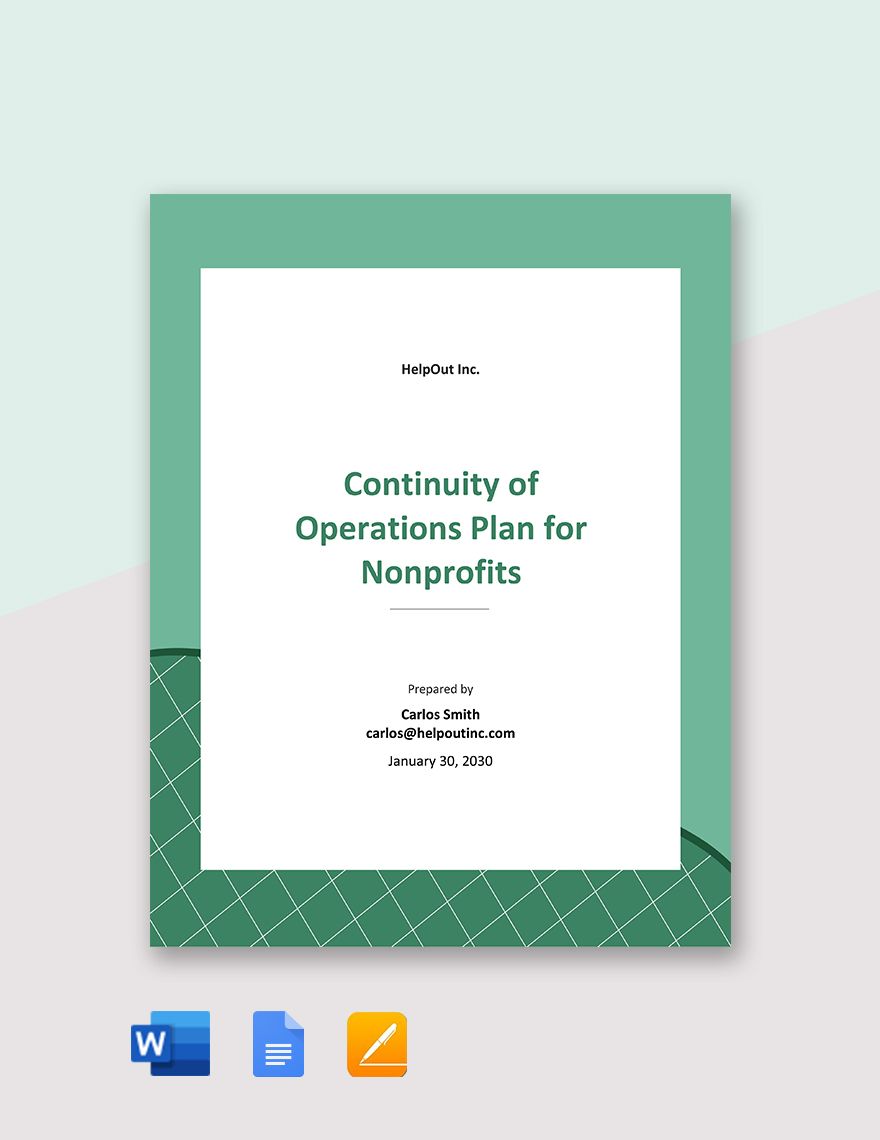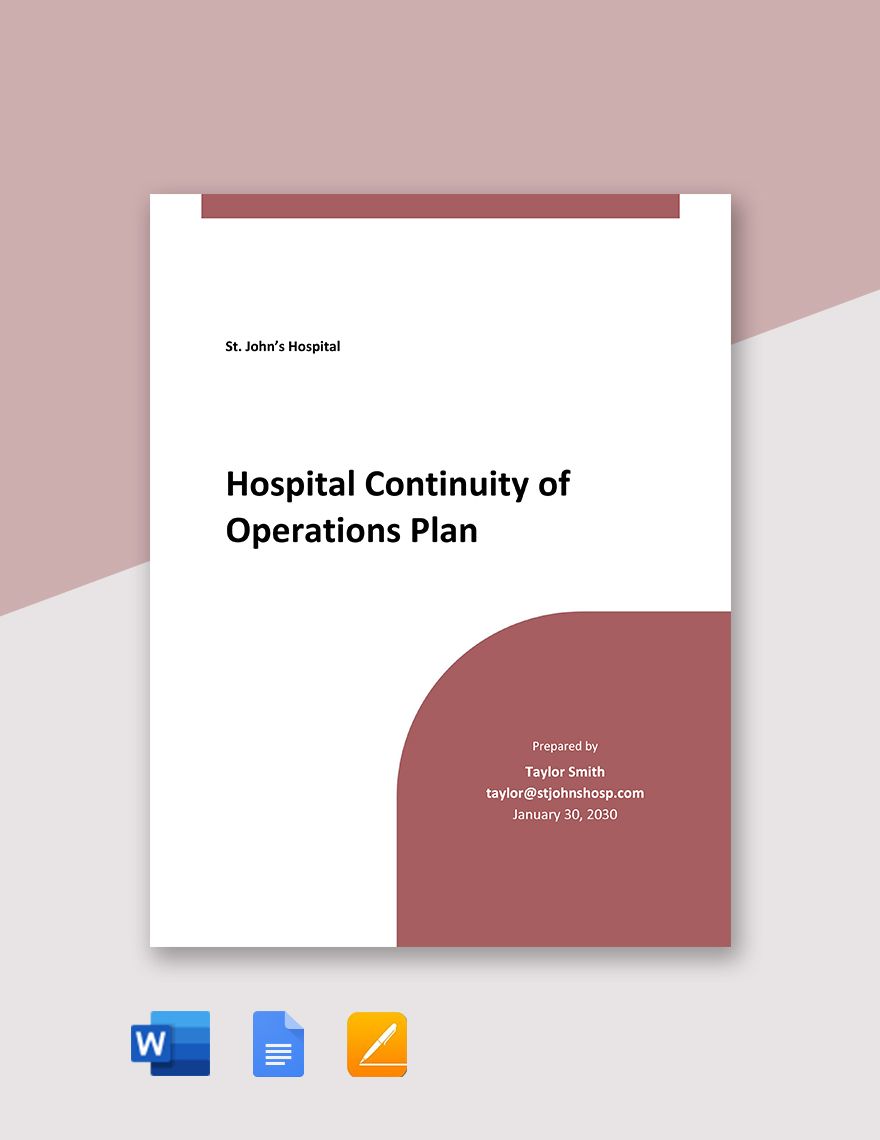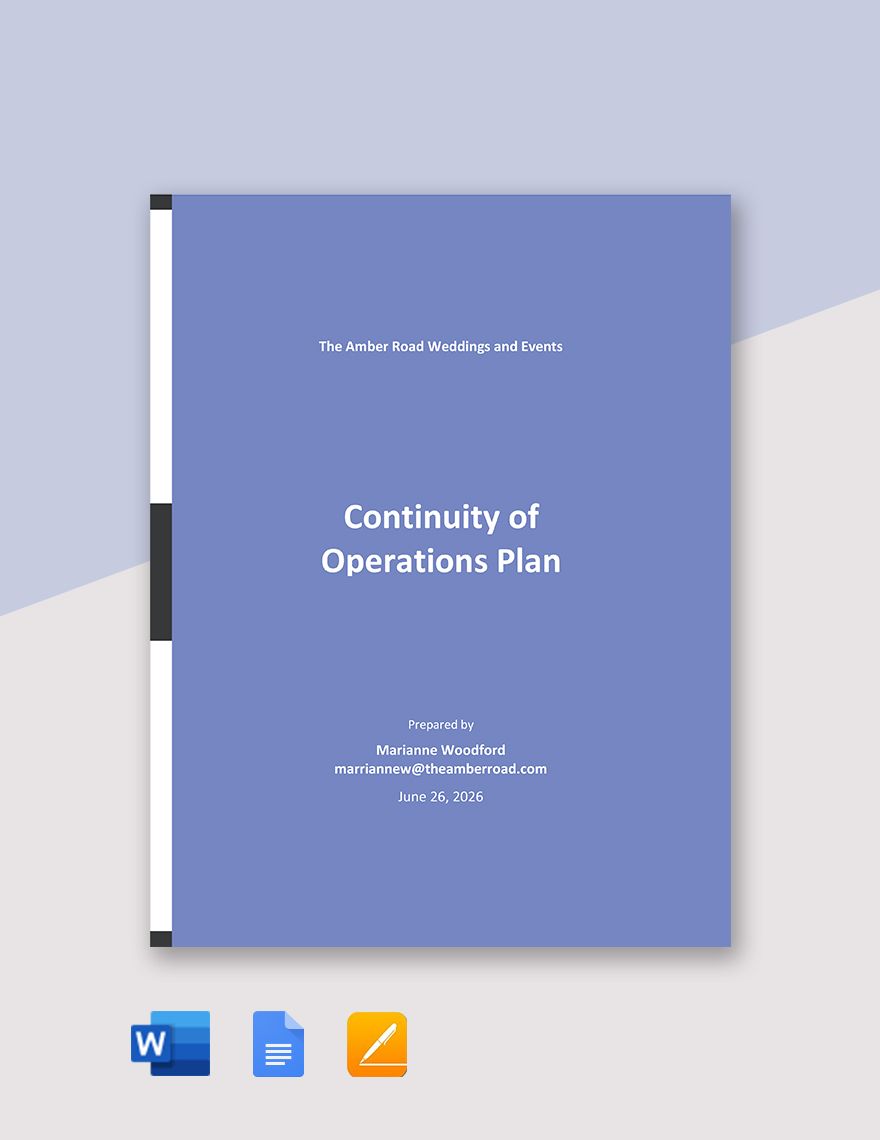The process of aligning strategic and technological priorities and objectives is known as operational planning (OP). It explains how, or what portion of, a strategic plan will be implemented within a given operating time, such as a fiscal year or another budgetary term in the case of commercial applications.
An organizational plan serves as the foundation for and rationale for a proposal for an annual operating budget. As a result, a five-year strategic plan usually necessitates five organizational plans, each financed by five operating budgets. The activities and budgets for each sector of the company for the next 1–3 years should be defined in operational plans. They connect the strategic plan to the activities that the company will carry out and the resources that will be needed to carry them out. An operational plan draws directly from agency and program strategic plans to describe agency and program missions and goals, program objectives, and program activities. In preparing an operating budget request, the operations plan is both the first and last phase. The operations plan (OP) is the first phase in the budget development process, and it includes a plan for resource allocation. The OP may then be changed to represent policy decisions or financial adjustments made during the budget development process. People who will be active in implementation should prepare operational plans. As proposals generated by one section of the organization eventually have consequences for other sections, there is also a need for significant cross-departmental discussion.
Browse through a sample collection of professional Continuity of Operations Plan Templates that have been curated just for you.
